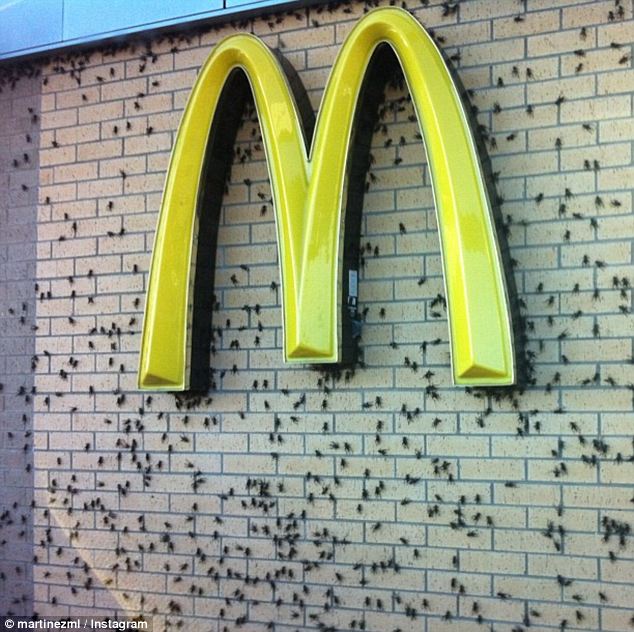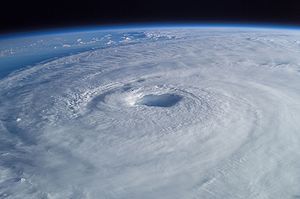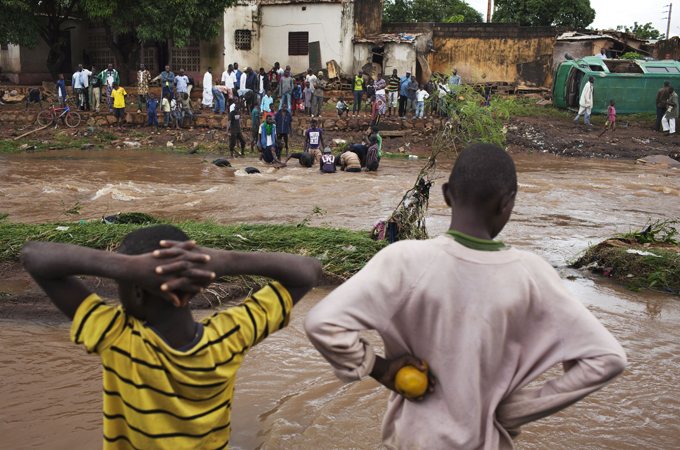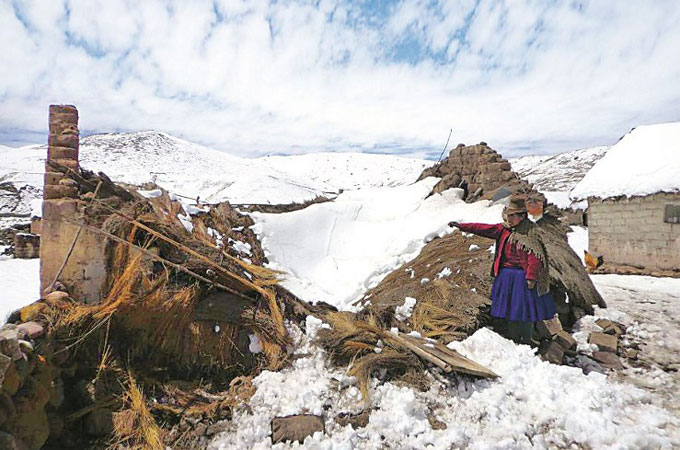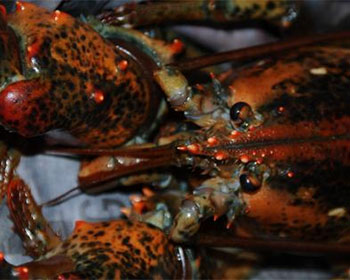
© Beate Hoddevik Sunnset/IMRAmerican lobster, Homarus americanus.
An epizootic shell-eating bacteria that has infected the southern New England lobster (
Homarus americanus) for years is fast spreading up north, a situation that causes concern in the shrimp sector in Maine.
The disease, previously confined to the south of New England and Long Island Sound, has baffled a group of scientists at the University of Rhode Island, who have been researching the subject for over a decade.
The disease was first noticed in 1996 by fisheries biologist Kathy Castro. Two years later, almost 18 per cent of the Rhode Island lobsters were infected with it.
"By 2010, a third of all lobsters had the disease, and the scary part was that 70 per cent of females with eggs had it," she said. "That scared me because that's the reproducing population."
So far, only an insignificant number of Maine lobsters seem to have it: only three in a thousand sampled lobsters were infected. But there are fears that if the disease spreads as fast as it did in the waters of Rhode Island, it will have a drastic impact on the important Maine shrimp industry.
